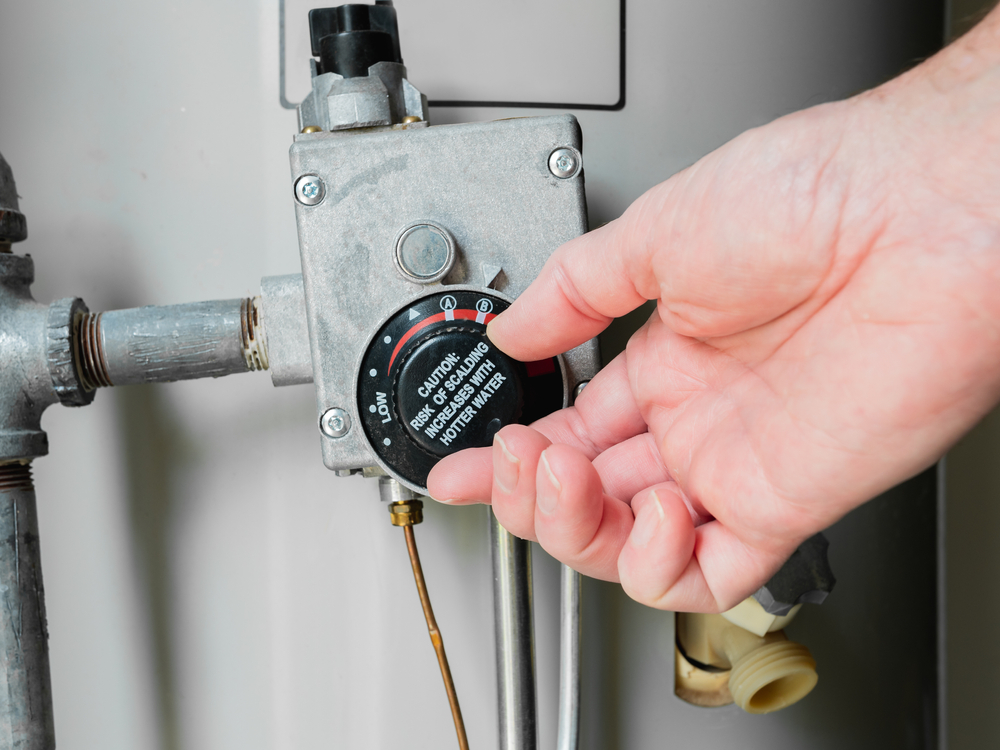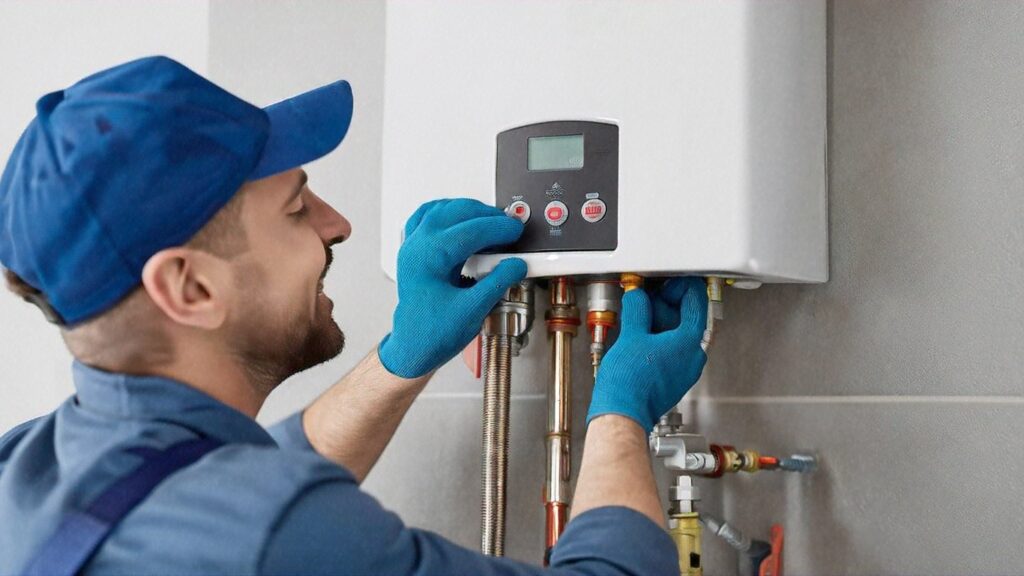December 17, 2024
[Video] How to Set Water Heater Temperature
Setting your water heater temperature is crucial for comfort, safety, and efficiency in your home. Whether you’re dealing with scalding hot water or struggling with lukewarm showers, knowing how to adjust your water heater can save you time, money, and frustration.
As your local Denver home services experts, we created this quick video and guide to help you set your water heater temperature, troubleshoot issues, and maintain your system for long-term performance. If you have questions or hot water issues in your home, the Applewood team is always ready to help.
Why Proper Water Heater Temperature Matters
The temperature of your water heater affects your daily routines, energy bills, and even your safety. Set it too low, and you risk not having enough hot water or creating an environment conducive to bacteria growth, like Legionella. Set it too high, and you waste energy unnecessarily and increase the risk of scalding injuries.
How Hot Should I Set My Water Heater?
The U.S. Department of Energy recommends setting your water heater to 120°F for most households. This temperature strikes a balance between safety and efficiency:
- Safety: Reduces the risk of burns, especially for children and older adults.
- Efficiency: Keeps energy consumption lower to save money on utility bills.
- Hygiene: Minimizes the risk of bacterial growth in your water heater.
Some households may benefit from slightly higher temperatures (130°F) if they have a dishwasher without a pre-heating function or specific health concerns that require hotter water. Always use caution and consider your household’s unique needs.
How to Set Your Water Heater Temperature

Conventional (Tank) Water Heaters
- Locate the Thermostat: Most models have a thermostat dial near the bottom of the unit. Some may require you to remove a panel.
- Adjust the Dial: Use a flathead screwdriver to turn the dial to your desired temperature.
- Test the Water: Wait a few hours and test the water temperature at a faucet with a thermometer.
- Fine-Tune as Needed: Adjust the dial incrementally until the water reaches your preferred temperature.
- Consult Owner’s Manual: See your owner’s manual for recommended settings and tips.

Tankless (On-Demand) Water Heaters
- Access the Digital Interface: Most tankless models have a digital control panel.
- Set the Desired Temperature: Use the buttons to increase or decrease the temperature.
- Test and Adjust: Run hot water from a faucet and verify the temperature matches your setting. Adjust as needed.
Common Hot Water Problems and How to Solve Them
- Not Enough Hot Water
- Cause: Undersized water heater, sediment build-up, or incorrect thermostat settings.
- Solution: Check and adjust the thermostat. Flush the tank to remove sediment. Consider upgrading to a larger or tankless model. Replace the anode rod.
- Water Is Too Hot
- Cause: The thermostat is set too high or malfunctioning.
- Solution: Lower the thermostat setting. If the issue persists, consult a professional.
- No Hot Water
- Cause: Tripped circuit breaker, pilot light issues, or a faulty heating element.
- Solution: Reset the breaker, relight the pilot light, or replace the heating element.
- Fluctuating Water Temperatures
- Cause: Mineral build-up, inconsistent gas supply, or malfunctioning parts.
- Solution: Flush the system and inspect the components. Call an expert if the problem continues.
- Discolored or Smelly Water
- Cause: Corroded anode rod or bacterial growth.
- Solution: Replace the anode rod and sanitize the tank.
The Importance of Regular Maintenance
Proper care goes beyond knowing how to set the temperature on your water heater. Here are the key steps you should take:
- Flush the Tank: Remove sediment build-up at least once a year.
- Inspect the Anode Rod: Check for corrosion and replace it as needed.
- Test the Pressure Relief Valve: Ensure it releases water when pressure is too high.
- Schedule Professional Inspections: Have a licensed technician inspect your water heater annually to catch potential issues early.
Additional Tips for Energy Efficiency
- Install Insulation: Wrap your tank and hot water pipes in insulation to reduce heat loss.
- Consider a Timer: For conventional water heaters, a timer can help limit heating during off-peak hours.
- Upgrade to Energy-Efficient Models: Modern water heaters with high energy ratings can save you money in the long run.
Why Choose Applewood for Your Water Heater Needs
We are your local, family-owned plumbing, electrical, and HVAC service experts for Colorado homeowners. Whether you need a water heater repair, replacement, or maintenance, our experienced technicians provide prompt and reliable service. Schedule online or call to set up an inspection or consultation. Let us help you enjoy consistent, efficient, and safe hot water in your home!


